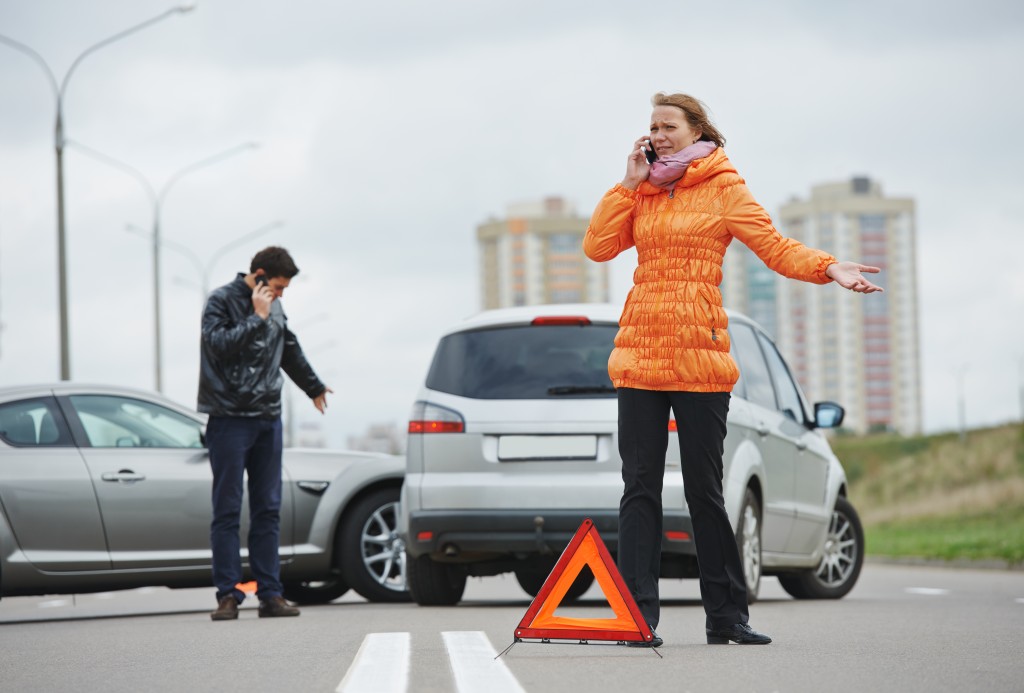Imagine a road without traffic signs. Cars jumbled. Motorcycles on a heap in one corner of the street. It’s bad enough that we still have millions of deaths associated with road accidents in the 21st century. But take road signs away, and you might as well create anarchy on the road.
You shouldn’t wonder why there are many accidents on the road. Aside from bad drivers, many good ones haven’t brushed up about their road signs knowledge in quite a while. In truth, you probably forgot what headlight flashes mean in an intersection, right? It actually depends on the country where you live. There is no universally accepted meaning for one flash or two flashes of your headlight in an intersection.
When Traffic Signals Can Cause Accidents
Traffic signs aim to prevent accidents. But in some cases, they could also be causing the accidents themselves. You probably noticed that there are times when the road signs are unclear or too faded for you to understand. If the road markers did not use adhesion primer paint on the traffic signs and markings, they could easily fade because of wear and tear. Most of the time, they only leave remnants of the signs, so the drivers and pedestrians have to figure out the meaning through whatever shape and color remain.

Red Circular Signs
The shape of a road sign will give you an idea of what it wants you to do if the original message has been removed because of wear and tear. For circular signs with a red border, it means some prohibition on motorists. The most common way to use this is for speed limits. If you see a circular sign with a red border, you should prepare to slow down.
The same sign is also used to tell motorists if they cannot turn right or left and no U-turn signs. Road markers use this shape for no entry, and weight, width, and height limits. When you see this shape on the road signs, be careful before proceeding to the road ahead.
Blue Circular Signs
You usually see blue circular signs when the road signs give instructions, such as when you have to turn either right or left or if the road is an ahead-only street. This means you can neither turn left nor right even if no traffic blocks your way. Sometimes, you can also see blue circular signs for speed limits, although these are far less common than red circular signs.
Triangular
Triangular road signs are most common in pedestrian lanes. They warn motorists and pedestrians of the conditions of the road ahead. For example, common triangular road signs are when there’s a fork and a winding road ahead. These signs are also critical when there’s a bend, roundabout, slippery road conditions, and traffic lights ahead. If there’s a pedestrian lane ahead, traffic officers also use a red triangular sign to warn motorists.
Even if the main message of the signs is somehow obscured or unreadable, knowing what the shape and color mean will still guide you in making the right decision. On the road, this can spell the difference between life and death. Never be overconfident about your knowledge of road signs. Always update and test your knowledge.

